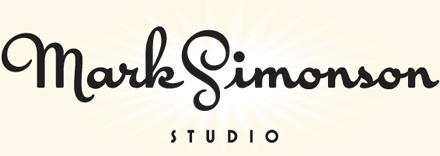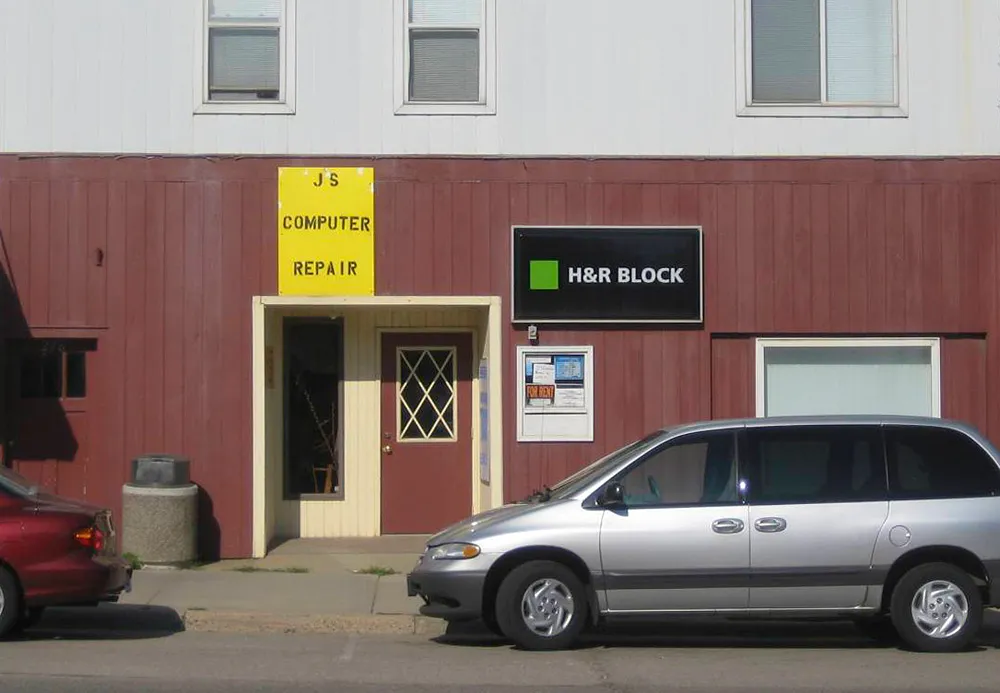Fellow type geek Yves Peters gets in on the fun of spotting typographic anachronisms at FontShop’s FontFeed blog today with a post about some odd props on the TV series Dexter.(Update: FontFeed went offline in 2015.)
Ever since I started Notebook, I’ve been occasionally posting “font sightings” and I even have a special category for them. It worked okay, but the samples I’ve posted here have been kind of small, and I thought it would be really neat if, somehow, all the Coquette sightings could appear on the Coquette page, for example.
For a while I’ve had this idea of using Flickr as part of a new and improved Font Sightings system. I finally stopped thinking about it and did it. It was actually pretty easy, if a bit tedious.
I already had about a bunch of photos of font sightings in Aperture, and I picked about a hundred of the best ones. After spending some time naming and tagging them, I used the Aperture Flickr upload plug-in to get them all up on Flickr.
The second step was to add some special code (from Flickr) to the font pages and Notebook to display a set of three random sighting and provide a link to the appropriate photos on Flickr (see the top of the column to the right).
So far, I’ve only uploaded what I already had in Aperture. I still need to add all the stuff people have sent me over the years (thanks to all who have), plus all the stuff I don’t have photos of yet. Some fonts aren’t yet represented mostly because I didn’t have sightings of them in Aperture. These will be coming soon. Some of them, like the newer ones and poor old Sharktooth, I’ve just never seen used yet.
From now on, new font sightings will appear on Flickr and (randomly) on the right-hand column of Notebook and the font pages. The “Font Sightings” category for Notebook is basically dead. Long live Font Sightings!
If you have seen any of my fonts out in the wild, or maybe have created designs using them, feel free to send photos or scans to mark@marksimonson.com.
We have a fair number of ginkgo trees in our neighborhood. I don’t pay much attention to them most of the year, except in the Fall. That’s when, in their curious way, they drop nearly all their leaves in one go, not even waiting until they change from green to yellow. That happens after they’ve been lying on the ground a few days. And when they fall, each tree is surrounded by a rich, green carpet of ginkgo leaves.
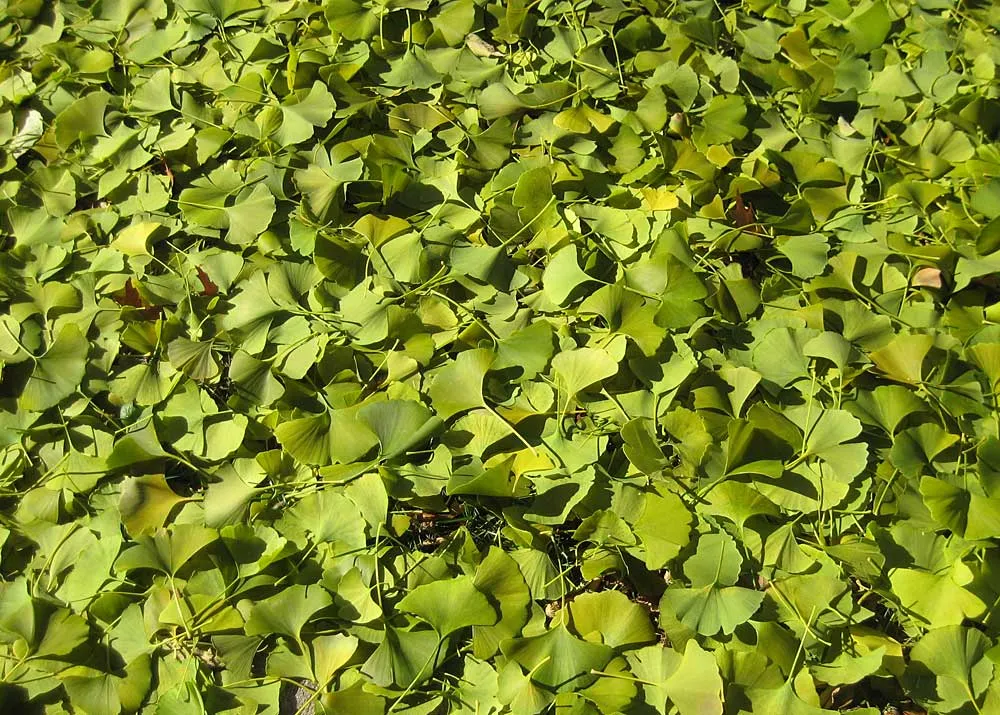
Unfortunately, some (not all) of them also drop hundreds of yellow, cherry-sized seeds. Or maybe they’re fruits. Or nuts. Doesn’t matter. Very soon, the sidewalks are covered with them and they get trampled on. The mess is bad enough, but the smell is revolting. I wish people who have these trees would at least sweep the seeds off the sidewalk. I guess they don’t go for walks around the neighborhood like me. They probably do it on a treadmill at a health club. Grr.
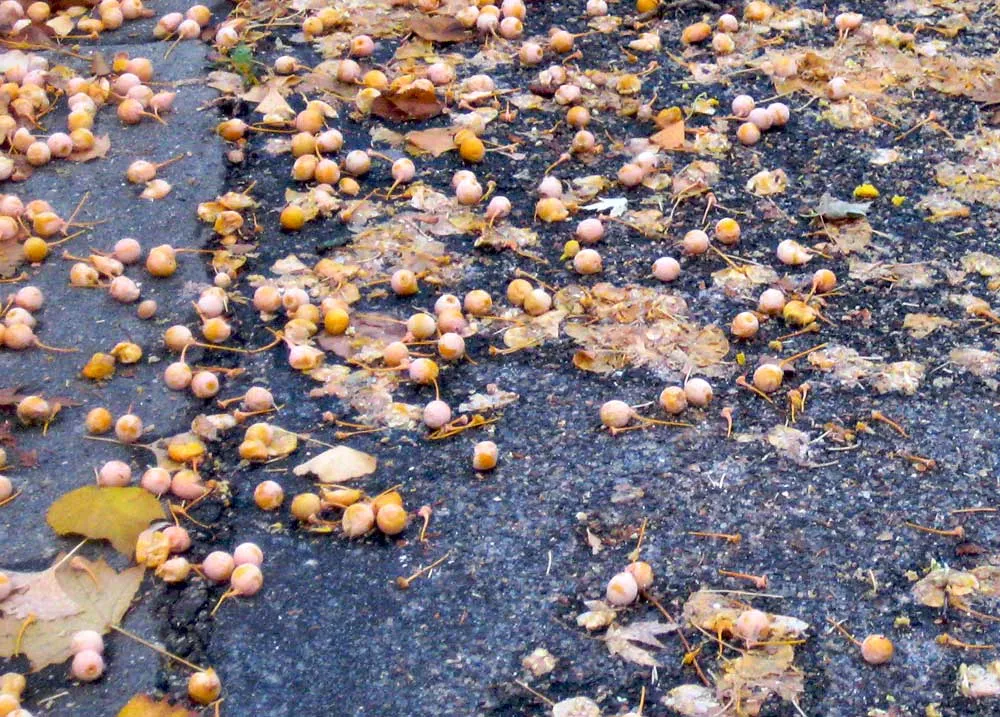
Pretty leaves, though.

It’s hard to believe this still exists. It’s a classic art deco industrial building, complete with art deco neon sign. And it’s not falling down, or in danger of being razed. It’s as if 70 years of architecture and design have overlooked this little spot on Broadway Street NE in Minneapolis. They seem to know what a rare gem they’ve got, and I hope they never change it.
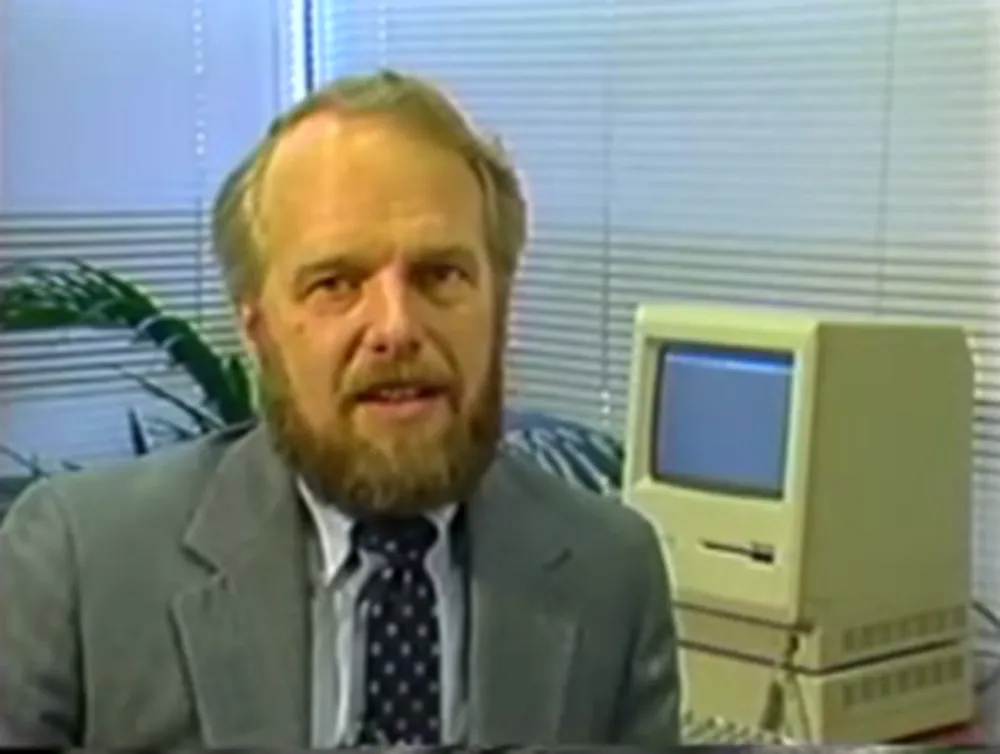
I happened to be looking at Reuben Miller’s blog today and stopped when I got to the item “Introducing Illustrator 88” in which he embedded a link to a YouTube video showing a portion of the VHS tape that shipped with Illustrator 88. I have that tape and also the one that came with Illustrator 1.0. (And the disks, and the packaging. I know. It’s a disease.) I’d been toying with the idea of digitizing these videos and posting them online, but someone saved me the trouble. (It appears that John Nack of Adobe posted the 1.0 video.)
I particularly remember the tape that was included with 1.0, which featured John Warnock, the CEO and founder of Adobe himself, doing the demos. I’ll never forget the way he exclaimed “Isn’t that neat?” after showing how the pen tool works. And it was neat. The YouTube clip only shows about the first ten minutes of the tape, so it’s missing that little gem.
It’s amazing how good the program was right from the start. It had a long way to go (no color, no layers, no drawing in preview mode, no composite paths, only one font in a text block, no converting text to outlines, no pathfinder tools, etc., etc.), but the foundation was solid. It sure looks slow running on that tiny Mac Plus screen, though.
